
With the weather getting colder it is advisable to think about protecting and caring for your dogs paws. Their pads are designed to withstand running and walking on different surfaces, but just as we would wear sandals on a hot beach or shoes in the snow their paw pads need looking after as well. With the ice and snow possibly coming, the streets will be treated with grit and salt which can cause dry cracked skin and other irritations. Infections can also occur if the skin splits and is then walked on. Not only that but naturally a dog will lick and gnaw at the affected area, which of course means they will then ingest grit, salt and whatever else is on the streets, possibly causing vomiting and diarrhoea. Dryness is a big problem with dog pads. Naturally in winter we all need a bit more warmth, whether it's central heating or a cosy log fire is on these other factors can add to drying your dog's paw pads and add to the skin being irritated.
So start with trimming the hair between their toes, this way they will have less chance of keeping salt crystals and wet mud particles in their pads throughout the day. Also long hair can cause your dog to have less grip on slippery surfaces.
Keep their nails trimmed as well. If they become too long they won't give your dog any grip which will force your dog to walk on his back feet. This added pressure on the back paws can make his toes spread which in turn allows more snow, grit etc to gather in between their toes creating balls of ice and dirt.
Foreign objects can become stuck in your dog's pads. Regularly check in between toes for thorns, small stones, bits of broken glass and other debris. This is something that should be done all year round.
Keep a towel and a bowl of warm water next to the front door for immediate paw rinsing and drying after walks.
There are many paw balm treatments on the market that should be applied weekly or as often as needed in harsh conditions. I would suggest doing it all year round as part of their grooming routine anyway. The balm should form a dense, barrier wax that creates a breathable bond with your dog's paws. There are some that have been developed for use with sledding dog's, it provides strong protection even in the most hostile conditions. Some are made from a blend of several food-grade waxes, then refined. Obviously check all ingredients in anything that you buy for your dog as they have a habit of licking their paws. You can use petroleum jelly but never use human skin lotions.
Massage their paws and pads to stimulate blood flow and relax their muscles and tendons. If you do it right they'll enjoy it just as much as you do when being massaged or manicured. Begin by rubbing between their pads and then rub between each toe working your way up their shins and legs.
Alternatively you could try and get your dog to wear dog boots. There are many varieties on the market that all offer great protection for your pet's paws. However, personally through trial and error, I've found that the rubber style boots, that allow your dog to feel and grip the ground below, are the easiest ones for them to get used to.
If in doubt, always check with a vet for the best treatments for your dog.
Whatever shape, size or breed we have everything in our pet store to cater for even the most demanding, four legged diva in your household. We understand how important it is to not only have the latest cat toy, or the trendiest dog collar, but also to make sure the boring bits are covered. That's why we have a variety of flea, worming and fur treatments.
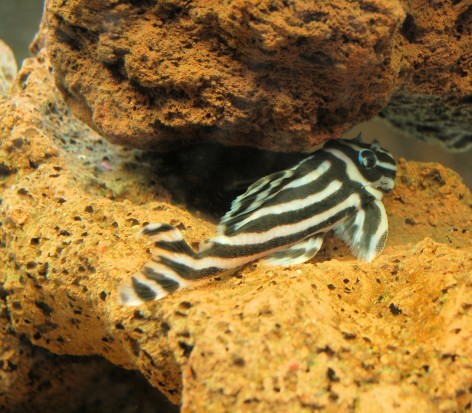 Keeping Catfish As Pets
Keeping Catfish A
Keeping Catfish As Pets
Keeping Catfish A
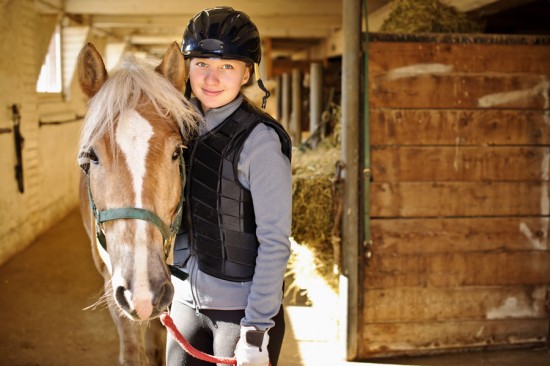 How To Stay Safe Around Horses & Avoid Unnecessary Accidents
How To Stay Safe
How To Stay Safe Around Horses & Avoid Unnecessary Accidents
How To Stay Safe
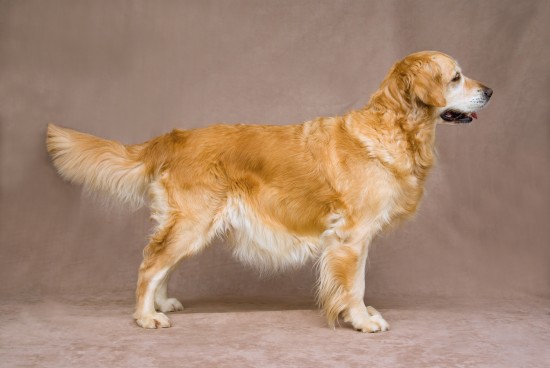 Should You Shave Your Double-coated Dog During The Summer?
Should You Shave
Should You Shave Your Double-coated Dog During The Summer?
Should You Shave
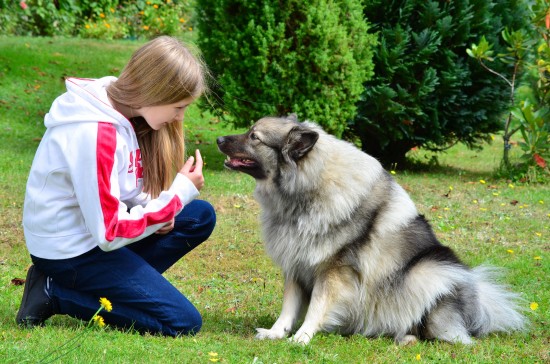 How To Assert Yourself With Dogs And Retain The Role Of Boss!
How To Assert You
How To Assert Yourself With Dogs And Retain The Role Of Boss!
How To Assert You
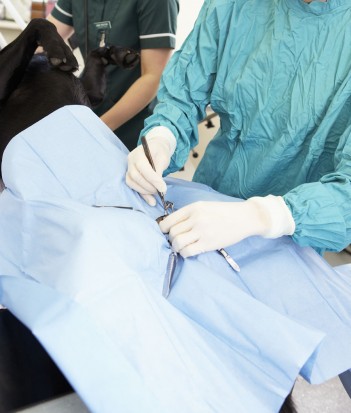 Neutering And Spaying - Is It Morally Right?
Neutering And Spa
Neutering And Spaying - Is It Morally Right?
Neutering And Spa
Copyright © 2005-2016 Pet Information All Rights Reserved
Contact us: www162date@outlook.com